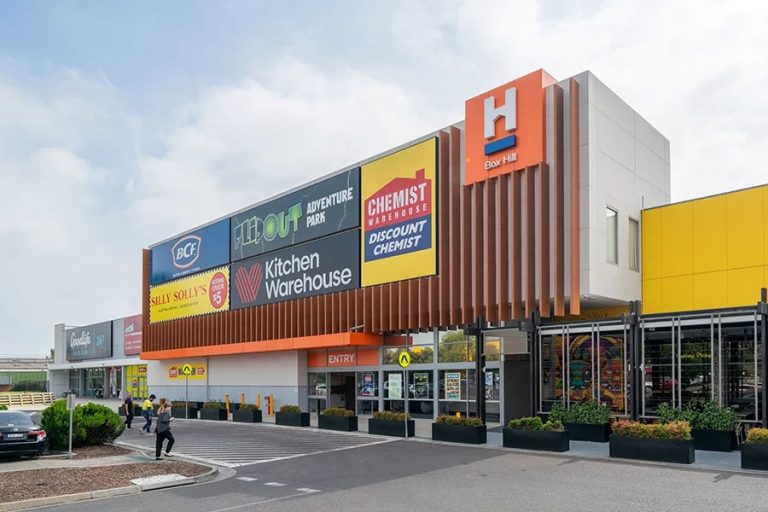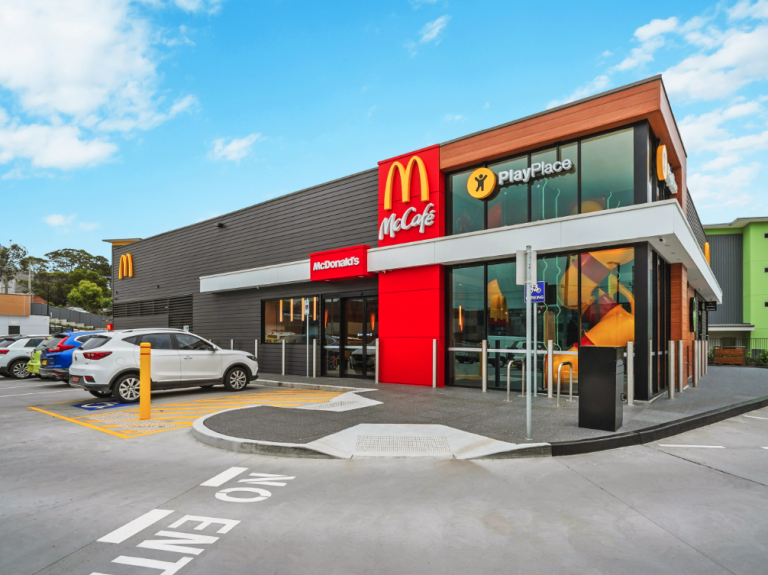Sale & leaseback: what is it & how does it work?

A sale and leaseback is when the owner and occupier of a commercial building sells it but stays on as a tenant.
This might involve an entire building or a strata investment of a floor in a building.
For example, we sold three strata investments on strong yields: Level 1, 86-90 Bay St, Ultimo, a yield on of 8.35%, Level 9, 263 Clarence St, Sydney, on 7.72% and Jones Bay Wharf on 9.39%. Each of the sales was between $2 million and $3 million.
There are several elements that make a sale and leaseback successful, particularly when it comes to strata investments.
How does it work?
Let’s take the example of Level 9, 263 Clarence St. Part of the success is in the initial set up.
In advising the owner, the soon-to-be tenant, of the leaseback terms, we ensured the lease terms were commercial and realistic.
We also:
- Set a market rent based on other floors for lease in the building. If the rent was too high the market would pick this up and adjust the return on their offer accordingly.
- Put a three-month bank guarantee in place to provide comfort to the new owner. Depending on the covenant anywhere from three to six months would be appropriate.
- Ensured annual increases with market rental reviews to ensure income growth for the investor, and
- Put in a palatable lease term that the market would appreciate. In this case, 3 x 3 x 3 but this could have been adjusted to 5 x 5 if the buyer wanted.
Ultimately, the aim is to make the investment as hassle free as possible.
The investor wants a good return to eat into the principal, a secure tenant on a medium to long-term lease, some potential capital gain and lease-ability on the expiration of lease and options.
Ultimately, the aim is to make the investment as hassle free as possible.
It was imperative that the dollars on a per square metre basis were close to what would be paid on the basis of a vacant possession sale. This calculation was a check method for the agent.
Sale & leaseback benefits
A key attraction to a sale and leaseback is that the lease starts on a given day, with no rent-free or fit-out incentives.
This is an immediate upside, as many new leases in the CBD could be anywhere from 15-30% and there is some transparency as the lease is set in place, with all terms agreed, prior to settlement.
A key attraction is that the lease starts on a given day, with no rent-free or fit-out incentives.
The main question the agent will be asked during the sale campaign is about the viability of the owner (who is also the soon-to-be tenant).
Therefore, it’s important for the agent to understand that business to the best of their abilities at the time.
In the case of the 263 Clarence St, it was an established legal practice with a substantial fit-out. The vendor (soon to be lessee) was proud of their business, operated in a niche market on a national and international basis and had a succession plan in place.
There are, of course, certain elements that can be beyond your control, such as the Sinking Fund and the Owner’s Corporation.
But once again, transparency is imperative in the marketing phase as the prudent investor will simply uncover facts in their search of the Owner’s Corporation records.
If they find something negative, the return they offer will adjust to reflect the added risk.







